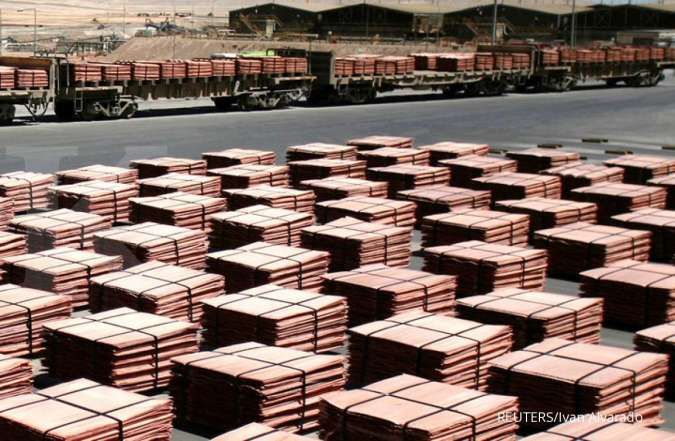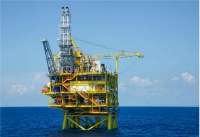COMMODITIES - LONDON. Copper prices hit their lowest level in more than five months on Friday as fears of slowing demand in top consumer China, rising inventories and a stronger dollar reinforced negative sentiment.
However, traders said funds taking profits on short positions - bets on lower prices - after the recent slide helped copper to recover later in the session.
Benchmark copper on the London Metal Exchange (LME) was up 1.1% at $8,257 a tonne at 1604 GMT. Prices of the industrial metal have dropped 10% since mid-April.
"The market is on pause, but the bears are still in control," said Al Munro, base metals strategist at Marex.
Read Also: POLL-Indonesia's April Trade Surplus Seen Increasing to $3.38 bln
Munro added that physical demand was weak and that short-term direction for industrial metals would be determined by macro events and the dollar.
A rising U.S. currency makes dollar-priced commodities more expensive for buyers with other currencies.
One reason for the dollar's recent strength has been the standoff between U.S. President Joe Biden and top lawmakers over raising the government's $31.4 trillion debt ceiling.
Copper stocks in LME-registered warehouses have climbed 50% to 76,625 tonnes since April 18, reinforcing the picture of languishing demand.
The latest trigger for the sell-off in industrial metals came on Thursday with Chinese inflation data highlighting the broader economy's struggles to pick up pace after the lifting of COVID-19 curbs in December.
"If (China's) economy develops less strongly than the government anticipates, the low inflation will give the central bank scope for a more expansionary monetary policy," Commerzbank analysts said in a note.
Read Also: Oil Falls 2% on Weak US and Chinese Economic Data
In other metals, aluminium was up 1.2% at $2,237 a tonne, zinc rose 0.5% to $2,560, lead ceded 1.6%to $2,073, tin dropped 1.5% to $24,920 and nickel was up 2.3% at $22,280.
Traders said nickel's rise was also because of funds cutting short positions, but expectations were for lower prices as Indonesian production continues to ramp up and surpluses emerge over the course of the year.
/2020/02/28/1393498405p.jpg)











